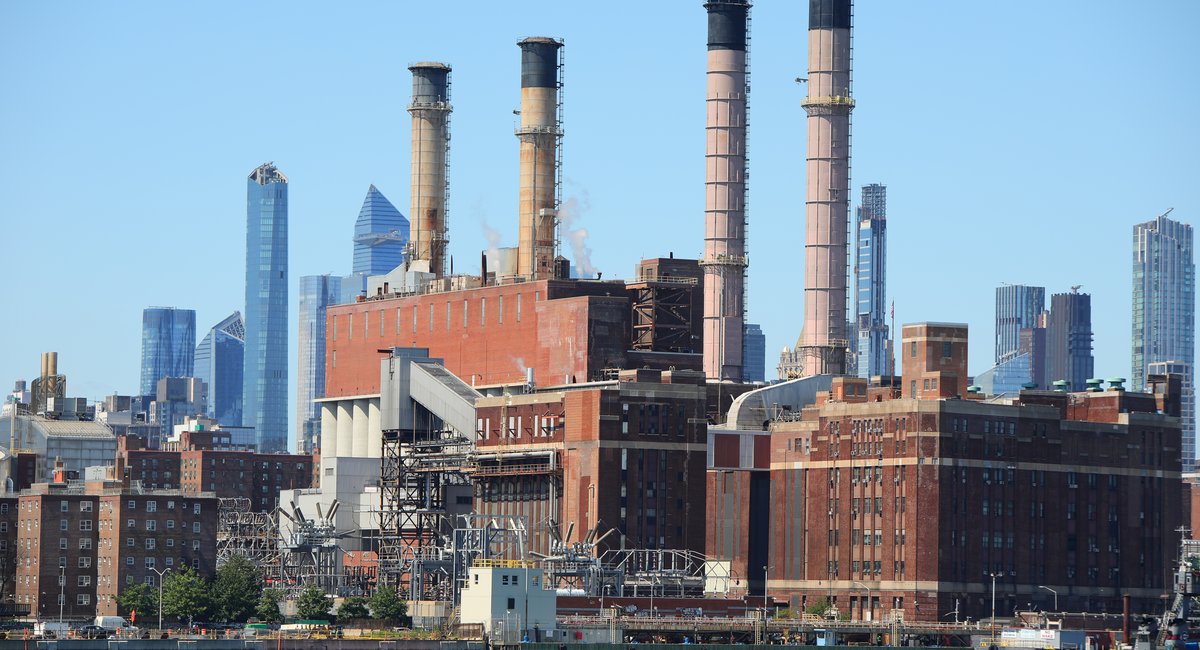New York City may struggle to keep the lights on as early as next summer with longer and more frequent power outages, according to reports released this week by the state’s grid operators.
Rising demand, weak transmission and aging power plants are straining the electric grid in New York City and Long Island, according to two reports unveiled Tuesday by the New York Independent System Operator, a not-for-profit corporation that ensures that the state has a reliable and affordable power supply that meets demand. The reports offer outlooks for five and 10 years out.
According to the five-year outlook, beginning next summer, New York City will have a power deficiency equivalent to the energy needed to power 410,000 to 650,000 homes, and that number could double by 2050. Surrounding areas such as Long Island face similar scenarios.
NYISO said its findings highlight the urgent need to build more sources of power generation and transmission lines to keep the metropolitan area open for business. The current forecast power gaps will make the region more vulnerable to power failures.
“The grid is at a significant inflection point,” Zach Smith, senior vice president of system and resource planning for NYISO, wrote in a statement. “Depending on future demand growth and generator retirements, the system may need several thousand megawatts of new dispatchable generation within the next ten years.”
On the current trajectory, NYISO predicts that power for the metropolitan area will be insufficient to meet demand, resulting in frequent and longer outages.
According to the five-year forecast, the retirement of gas infrastructure, such as the gas turbines in Far Rockaway and Gowanus, will contribute to frequent and longer service outages.
The report found that many of the remaining power generators are “among the oldest in the country.” As this infrastructure continues to age, this will also contribute to outages. These plants are scheduled for deactivation as part of the state’s Peaker Rule, which requires the retirement of these generators to cut emissions.
There is a likelihood that generators will have to remain in use until May 2029, the rule’s final extension deadline.
Keeping the peaker plants running is crucial as an interim solution to make up for the forecasted gap between power supply and demand. But this is a temporary fix for a demand that could soar by 90% by the end of the next decade.
One permanent solution to the forecasted jump in energy needs to be the Champlain Hudson Power Express, which connects New York City to clean power from Quebec, according to NYISO.
The 10-year report identifies the difficulty of developing new power sources due to public policies and supply chain issues as a major hurdle. The increased demand for power comes from the fast-growing and energy-intensive industries such as data centers and semiconductor manufacturing.
“The sobering report released by New York Independent System Operator (NYISO) confirms what the business community has feared: New York’s power generation and distribution systems will not keep pace with the growing demand for electricity, resulting in surging energy prices, blackouts, and lost economic opportunities,” Kathryn Wylde, president and CEO of the Partnership for New York City, wrote in a statement.
The findings are not surprising, a spokesperson for Gov. Kathy Hochul said, and underline the need for an increase in diverse power sources.
“Governor Hochul has been repeatedly warning of the need for more energy, particularly in light of the economic and political realities of 2025, including the Trump administration’s all-out war on clean energy projects,” Ken Lovett, senior communications advisor on energy and environment for the governor, wrote via email, “It is why the Governor has been aggressively pushing an all-of-the-above agenda that will increase the state’s energy supply to moderate costs, help ensure the lights and heat stay on for New Yorkers, and attract major 21st century economic development projects.”
First Appeared on
Source link













